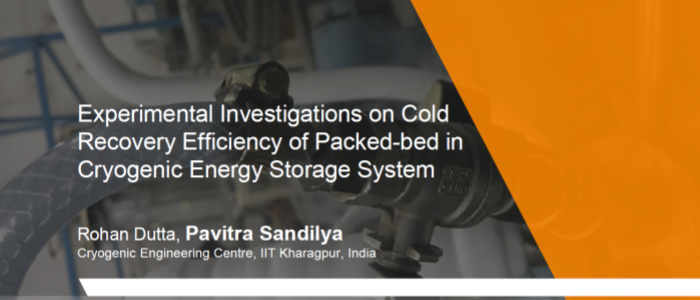
Using Air to Store Energy
Authored by Dr. Rohan Dutta (Former Postdoctoral Fellow at the Cryogenic Engineering Centre) and Dr. Pavitra Sandilya, Assistant Professor, Cryogenic Engineering Centre Highlights of the Research Potential application: Large-scale energy storage system throughout the world. With its demonstrated efficiency as high as 55% to 90%, this invention is a potential alternative to existing systems including compressed air energy storage and similar technologies. Possible end users: Various power generation and distribution agencies, large energy-intensive industries (iron and steel, cement, chemical, petrochemical, LNG handling, glass etc.) with the potential of low and medium grade waste heat. Potential of marketability: Large; considering the…

